Vacuum Casting Foundry
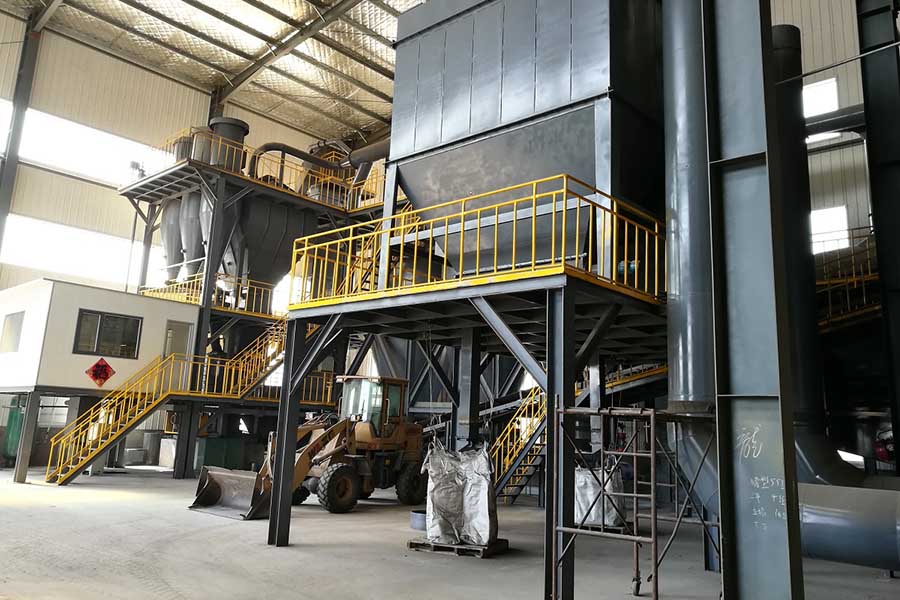
Sand Processing Equipment
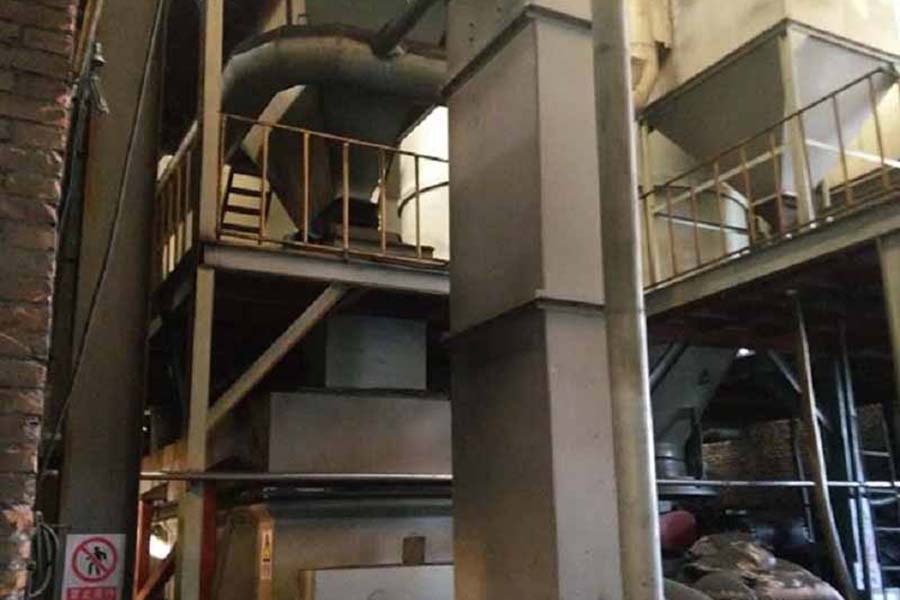
Sand Processing Equipment
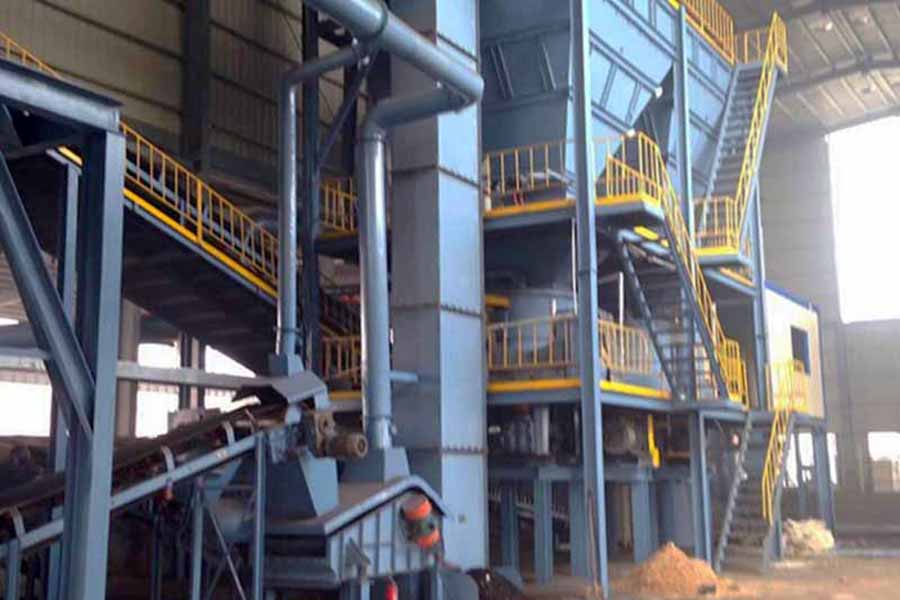
Sand Processing Equipment
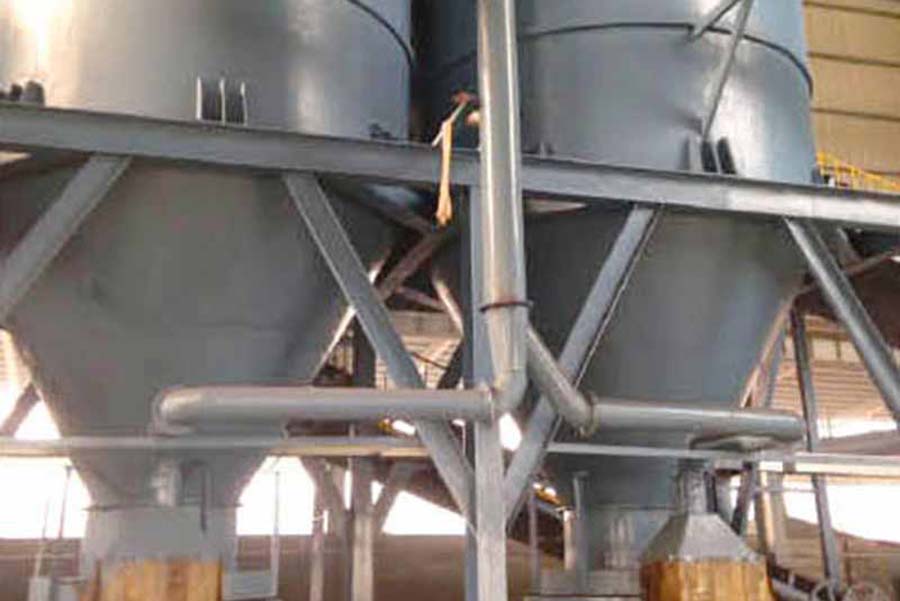
Sand Processing Equipment
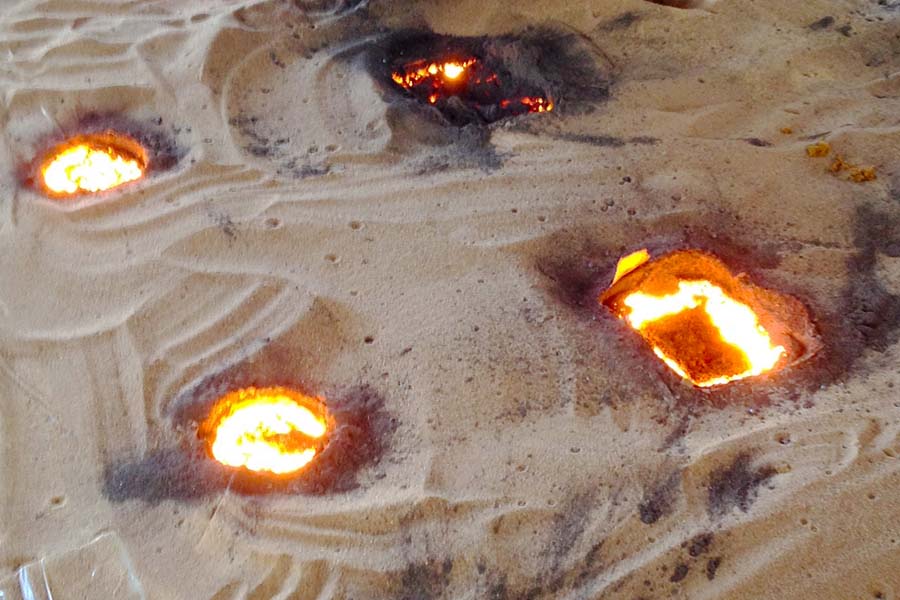
Cooling and Solidification
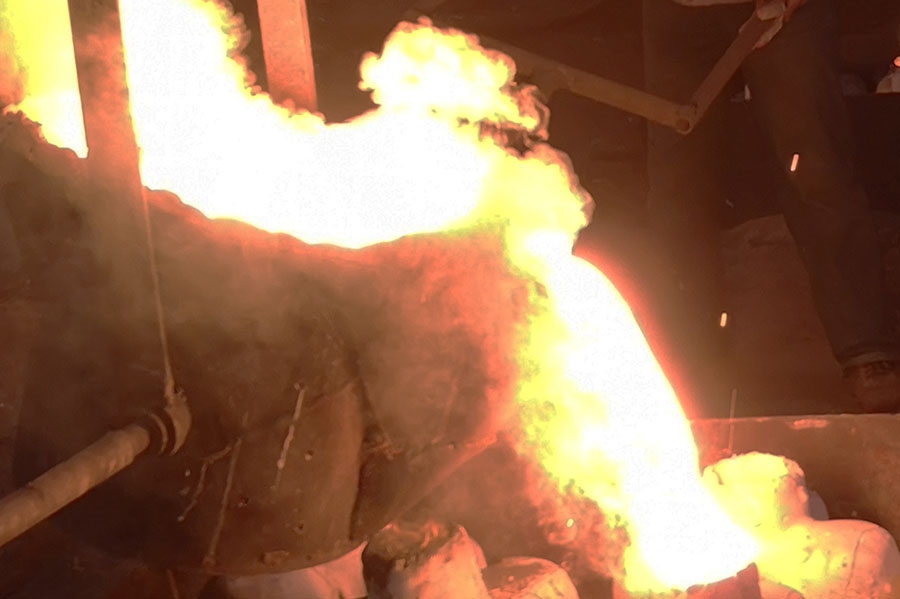
Molten Metal Pouring
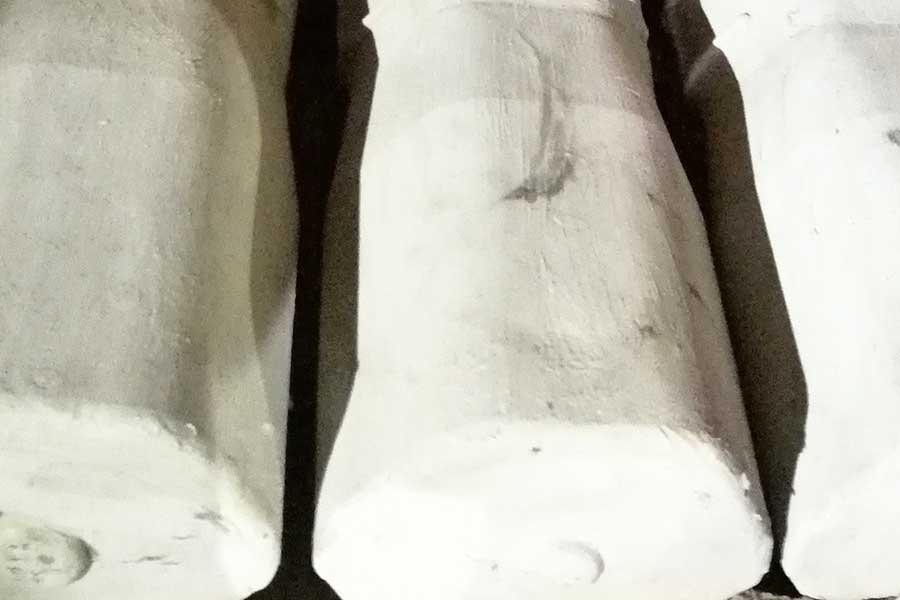
Sand Cores
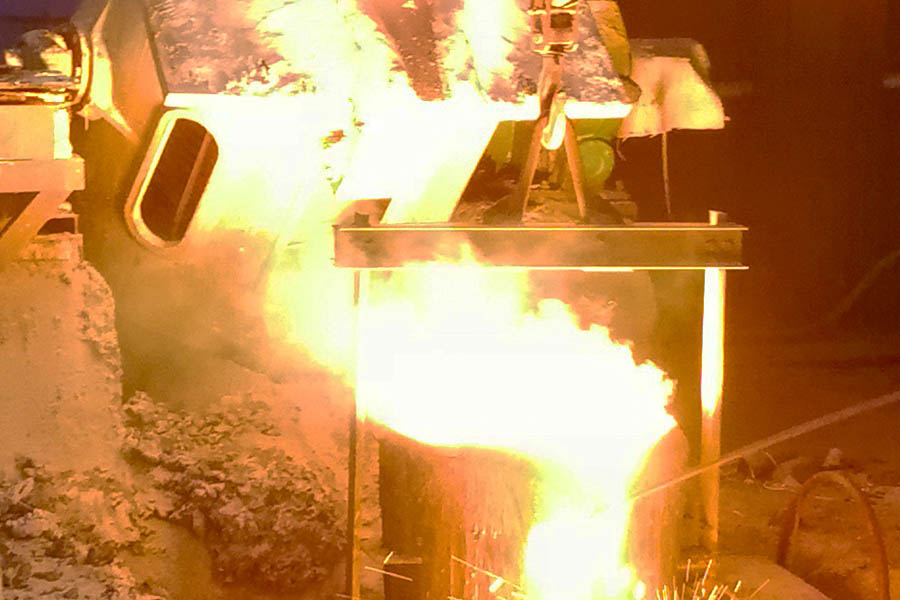
Molten Metal Pouring
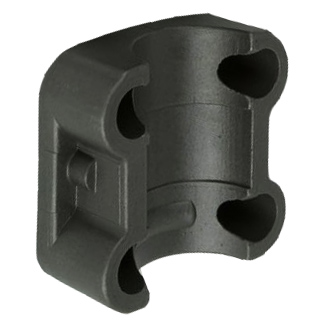
Steel Vacuum Castings
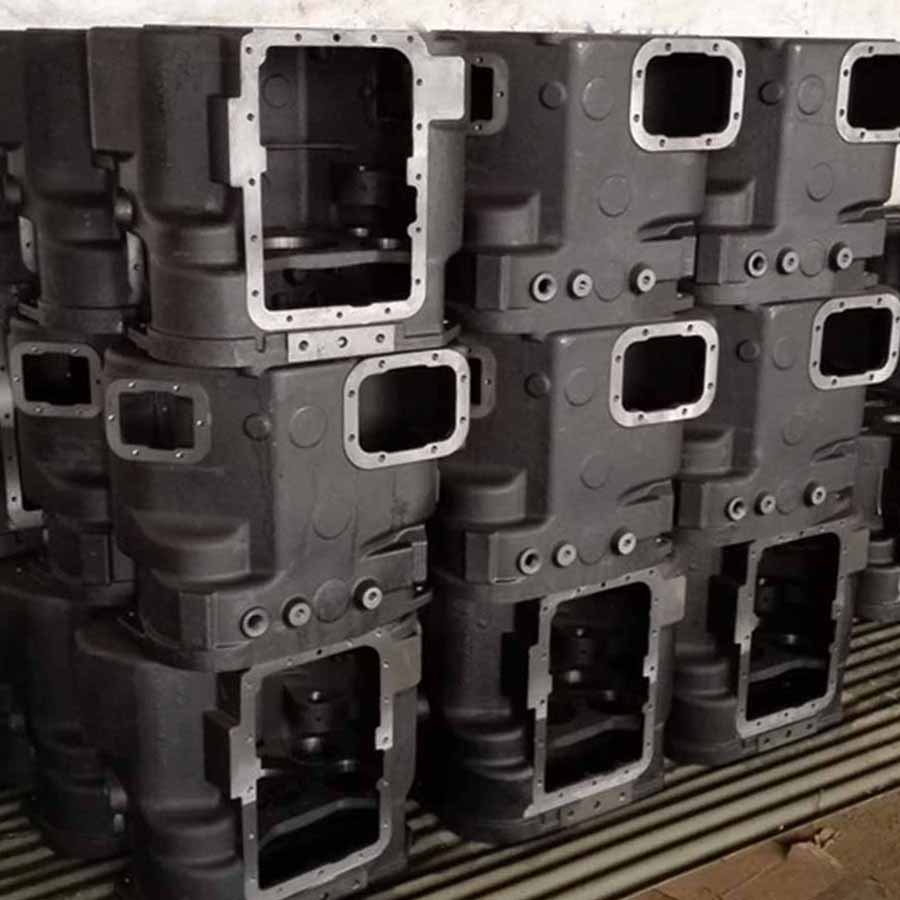
Alloy Steel Vacuum Castings
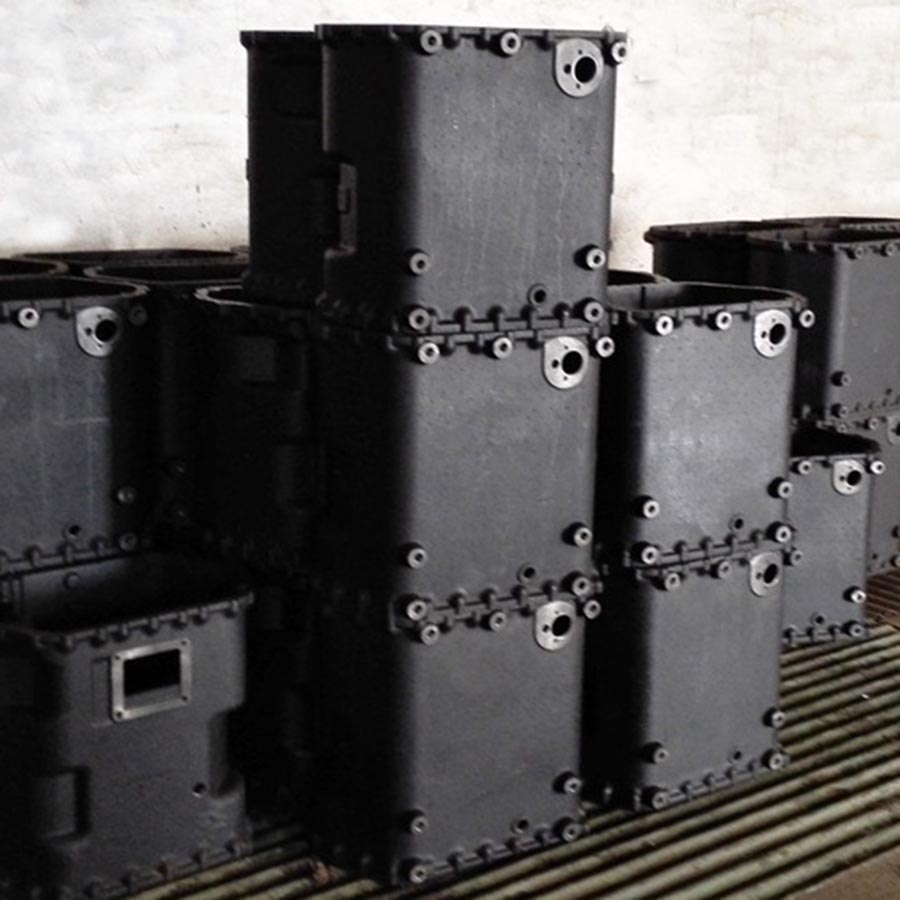
Custom V-Process Castings
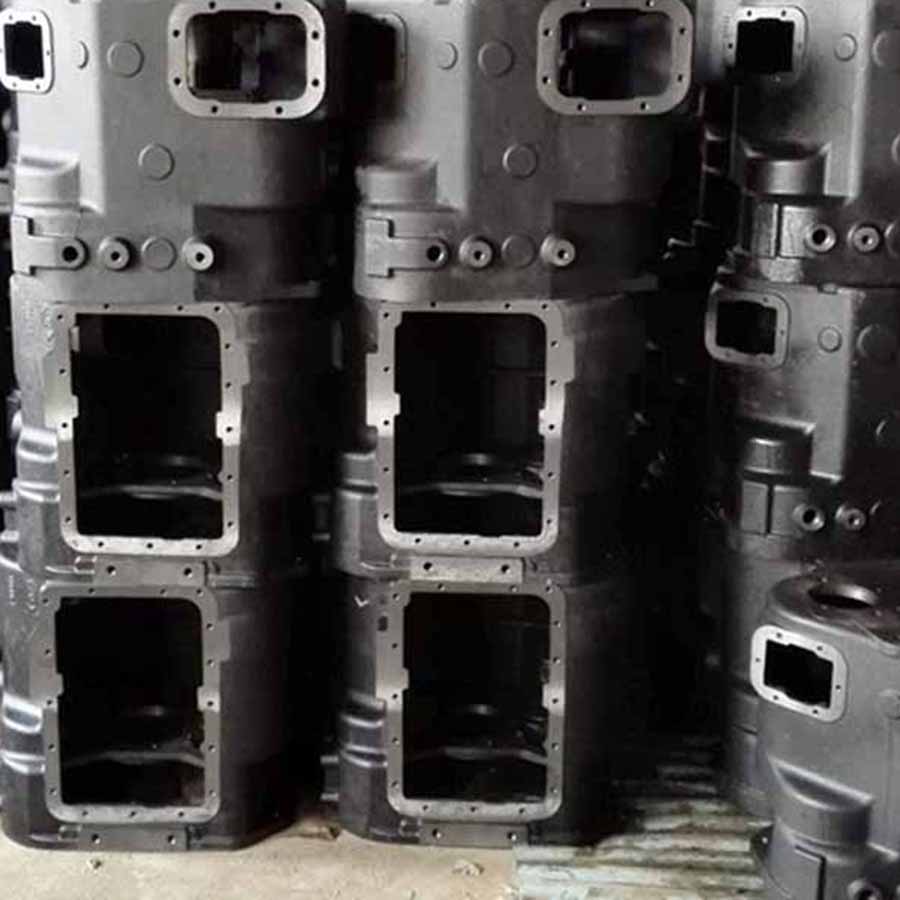
Steel Alloy V Process Casting
Vacuum Casting (V Process) Casting of Alloy Steel and Cast Iron
The following metal could be cast by vacuum mould casting:
- Carbon Steel: Low Carbon Steel, Medium Carbon Steel, High Carbon Steel
- Alloy Steel: CrMo Alloy Steel, High Mn Alloy Steel, SiMn Alloy Steel etc
- Stainless Steel, Duplex Stainless Steel, Precipitation Hardening (PH) Stainless Steel
- Cast Iron: Grey Cast Iron, Ductile Cast Iron, Malleable Cast Iron etc.
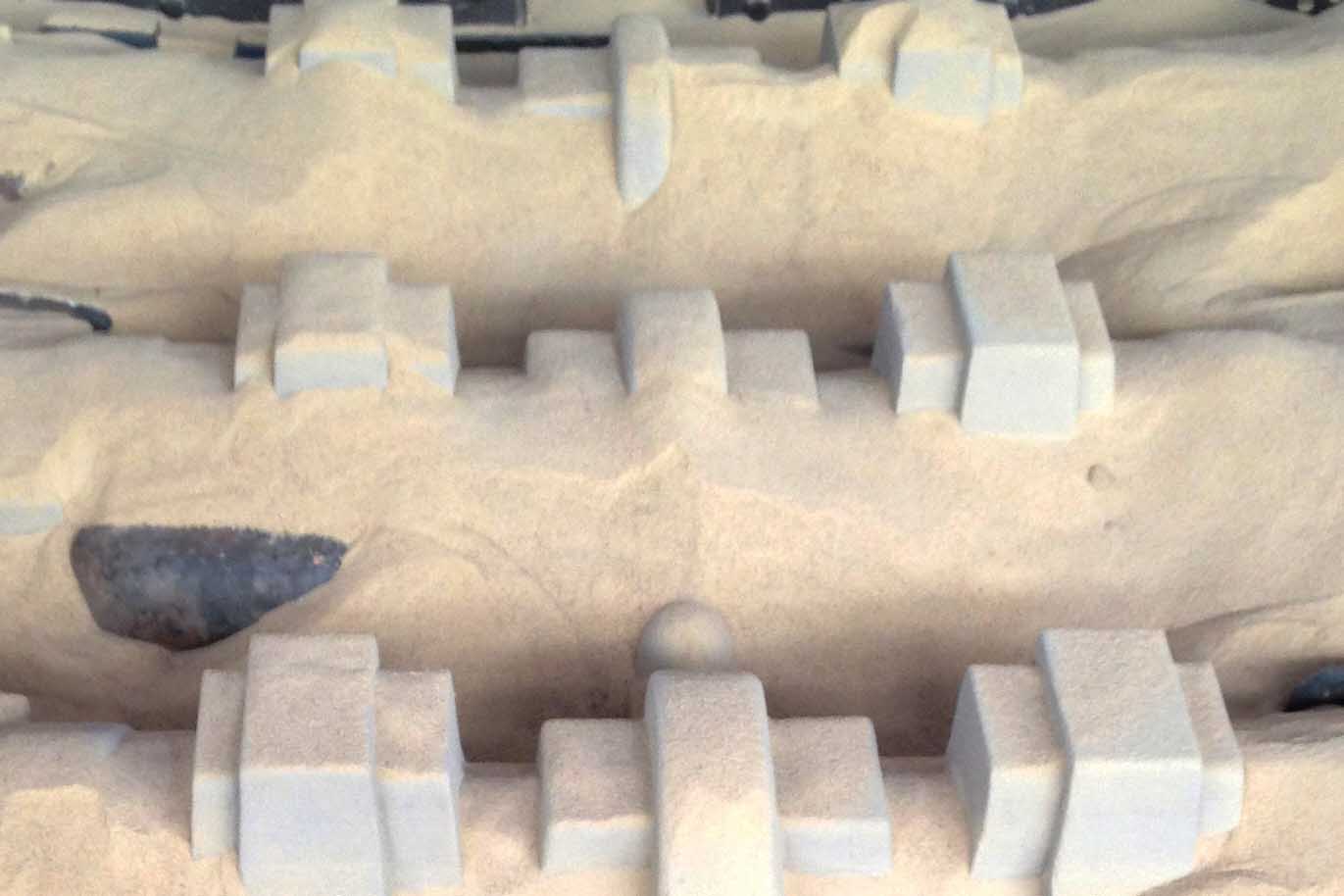
V Process (Vacuum) Casting Procedures
- The pattern is covered tightly by a thin sheet of plastic.
- A flask is placed over the coated pattern and is filled with dry sand without bind.
- The second flak is then placed on top of the sand, and a vacuum draws the sand so that the pattern can be tight and withdrawn. Both halves of the mold are made and assembled in this way.
- During pouring, the mold remains under a vacuum but the casting cavity does not.
- When the metal has solidified, the vacuum is turned off and the sand falls away, releasing the casting.
- Vacuum molding produces casting with high-quality detail and dimensional accuracy.
- It is especially well suited for large, relatively flat castings.
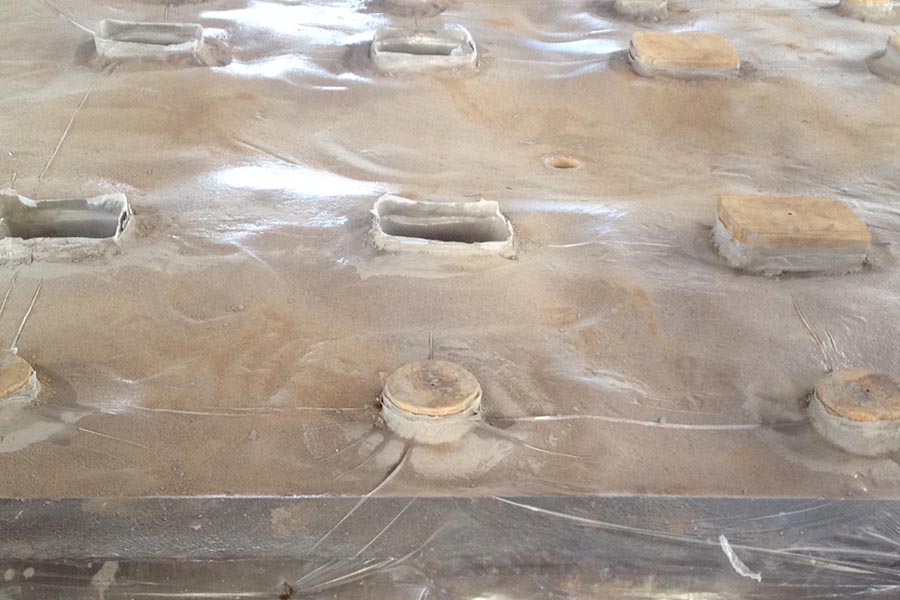
The Advantages of V-Process Casting
- The vacuum castings have high dimensional accuracy, clear outline and smooth surface.
- There are no binders, water and additives in the molding sand, which makes the sand processing simple.
- It is simple to clean the vacuum castings. Less harmful gases are generated during the casting process.
- The vacuum castings could be used at a wide range of industries. It can be used for single-piece small batch production as well as mass production, especially large and medium-sized castings and thin-walled castings are more suitable for vacuum casting.
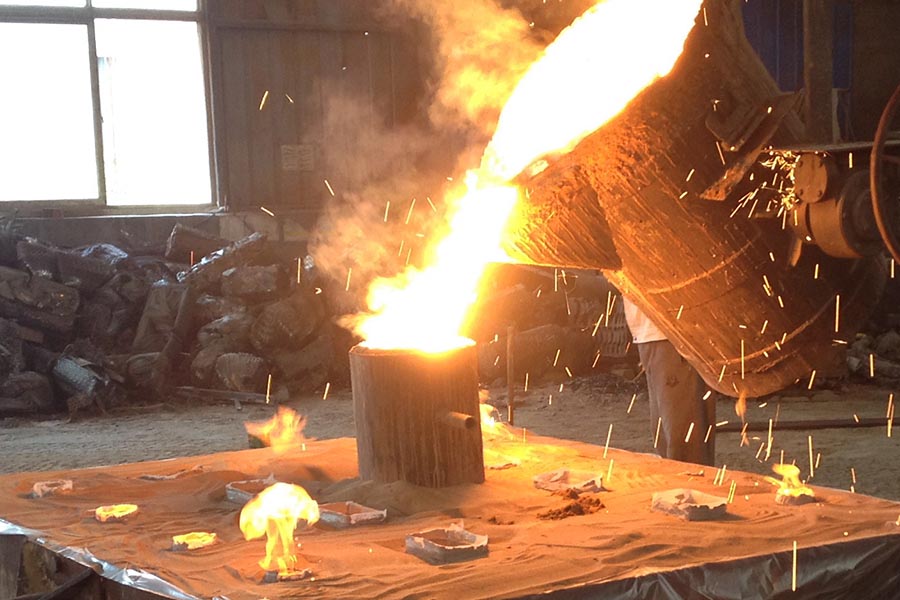
Applications of Vacuum Castings
Parts made by vacuum casting are utilized to cast a wide variety of items, including high quality, high performance industrial parts of complex structures. The application of the vacuum casting parts covers a wide range of industries, in our company they are typically used in the following areas:
- Rail Trains
- Heavy Duty Trucks
- Automotive
- Construction Equipment
- Logistics Equipment
- Agricultural Equipment
- Hydraulics
- Engine Systems
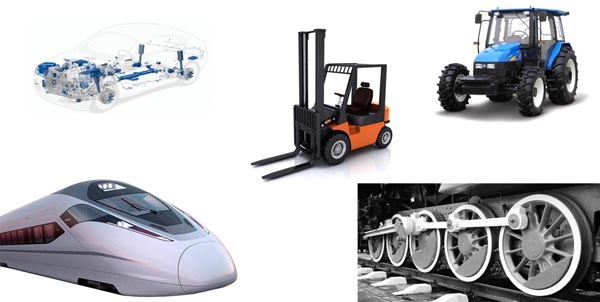
Value Added Services for Vacuum Castings
There are several reasons to choose RMC as your source for vacuum castings, these include:
- Engineering team whose members are focusing on metal casting field.
- Extensive experience with complex geometries parts
- A broad range of materials, including ferrous and non-ferrous alloys
- In-house CNC machining capabilities
- One-stop solutions for castings and secondary process
- Consistent quality guaranteed and continuous improvement.
- Teamwork including toolmakers, engineers, foundryman, machinist and production technicians.
Request a quote today on lost wax castings for your precision parts, or contact us for more information.
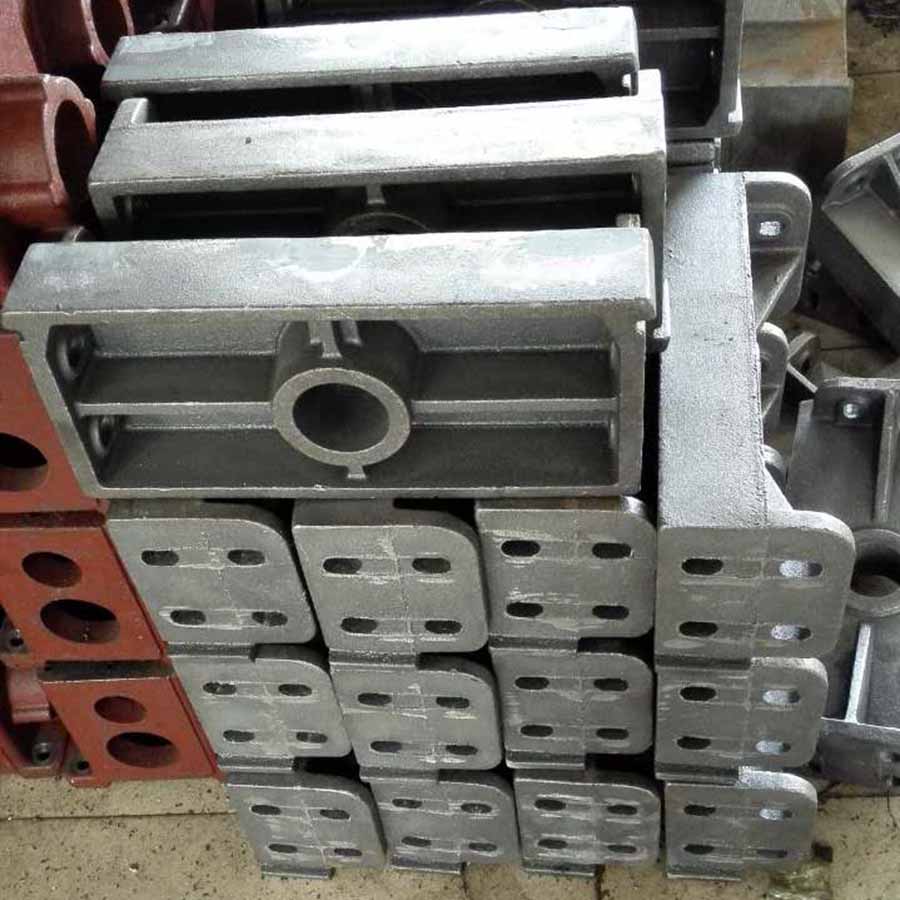
 русский
русский